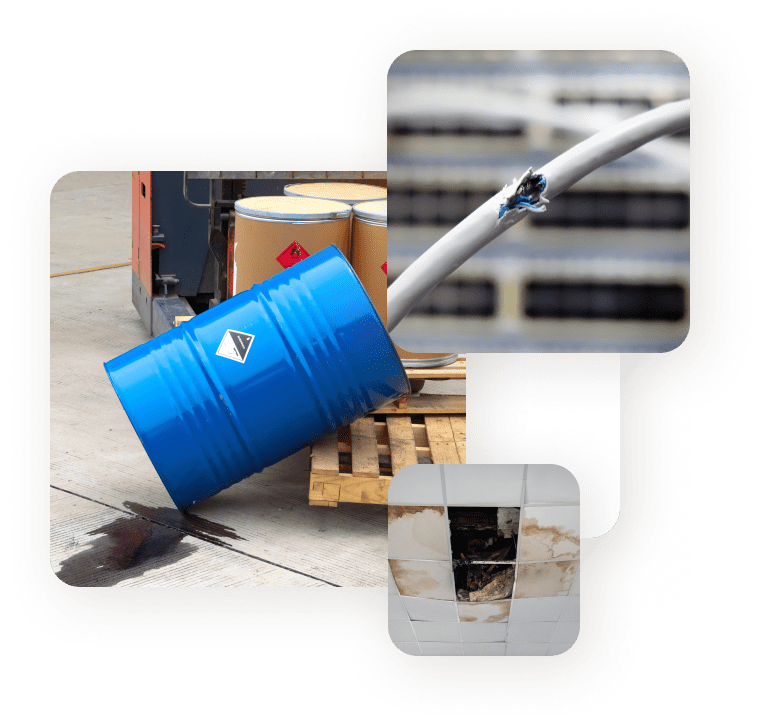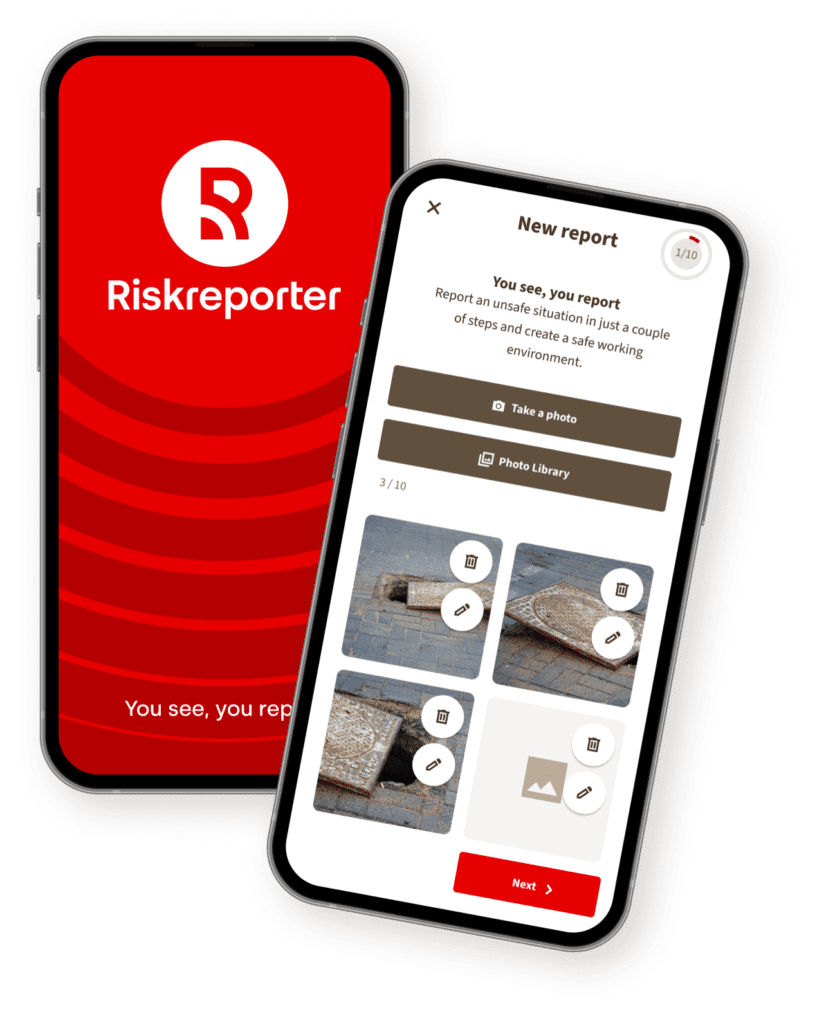Take Workplace Safety Seriously
From safety measures to incident registration: strengthen your safety plan and safety culture.
For an HSE Manager, workplace safety is not a one-time project—it’s a continuous process. It’s about managing risks, complying with laws and regulations, and creating a safety culture where employees actively contribute to a safe work environment.
Yet in many organizations, it remains a challenge to organize safety in a structured and measurable way. With an integrated safety policy built on three pillars — targeted safety measures, a structured safety plan, and robust safety registration — you make workplace safety visible, manageable, and most importantly, improvable.




